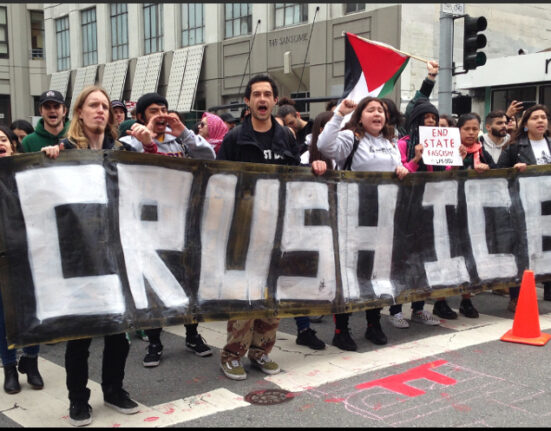—
Trade Wars and Tariffs
In the world of commerce, few events can rattle stock markets quite like whispers of trade wars and tariff disputes. Companies often find themselves caught in the crossfire, facing uncertain futures as they navigate through economic turbulence.
The Amazon Saga
Enter Amazon, the e-commerce giant that needs no introduction. As one of the largest online retailers in America, Amazon has enjoyed unparalleled success over the years. However, even behemoths like Amazon are not immune to the winds of change blowing from Washington.
President Trump’s trade war policies cast a shadow over Amazon’s fortunes. The company found itself thrust into the limelight amidst rumors of displaying tariff costs to consumers—a move that could have significant implications for its bottom line.
The Fallout
Shortly after this episode, reality hit hard for Amazon as it unveiled its first-quarter financial results. The numbers painted a sobering picture: sluggish growth in its North American retail business—a crucial segment for the company—contributed to its weakest overall sales expansion since the dark days of the pandemic.
From January to March, Amazon reported revenues amounting to $155.7 billion—an increase of 9% from the previous year. Profits soared by 64%, reaching $17.1 billion. Despite these seemingly positive figures, there was an ominous warning lurking beneath the surface.
Uncertainty Looms Ahead
Looking ahead to the next quarter ending in June, Amazon delivered a somber forecast to investors: expect sales ranging between $159 billion and $164 billion with operating profits potentially plummeting to as low as $13 billion. The culprit? None other than “tariff and trade policies,” now added to a growing list of factors clouding Amazon’s future outlook.
The reaction was swift on Wall Street following this news—Amazon’s stock price nosedived by more than 3% during after-hours trading post-earnings report release.
Expert analysts pondered over these developments, dissecting what it all meant for both Amazon and the broader economic landscape. Some saw it as a cautionary tale about how intertwined corporate fortunes have become with geopolitical decisions made at the highest levels of power.
Others viewed it as a reflection of our current era—one where uncertainty reigns supreme, and businesses must brace themselves for sudden shifts in policy that can send shockwaves through global markets.
As investors held their breath and economists crunched numbers, one thing became clear: in today’s interconnected world, no company—not even a juggernaut like Amazon—is entirely insulated from external forces beyond its control.
In conclusion, while speculations abound about what lies ahead for Amazon amidst these economic uncertainties triggered by trade wars and tariffs, one thing remains certain—the only constant in business is change itself.








Leave feedback about this